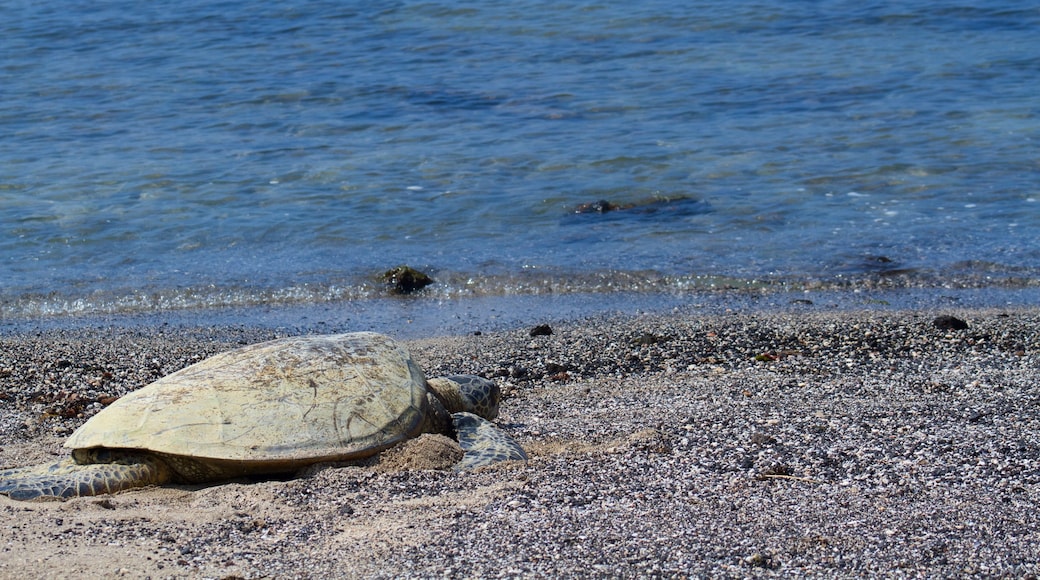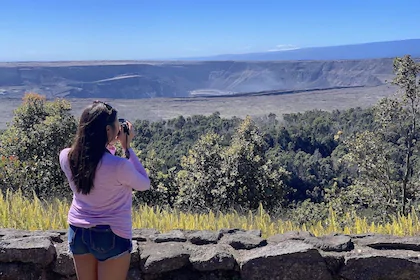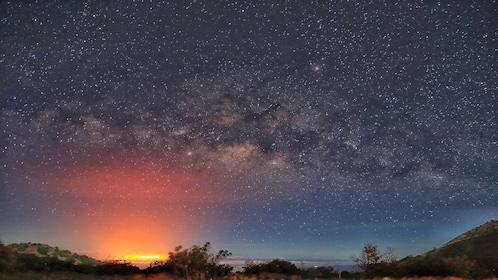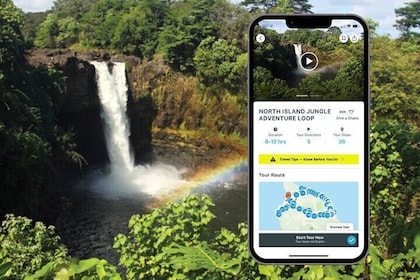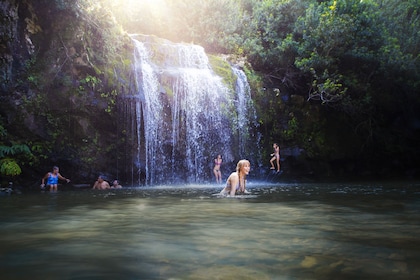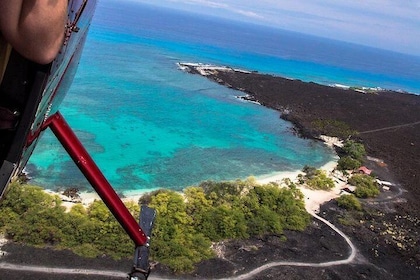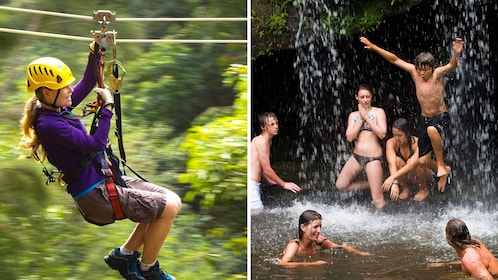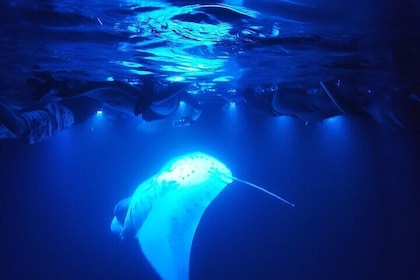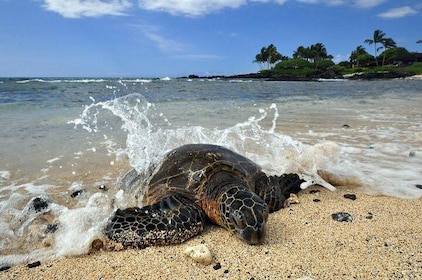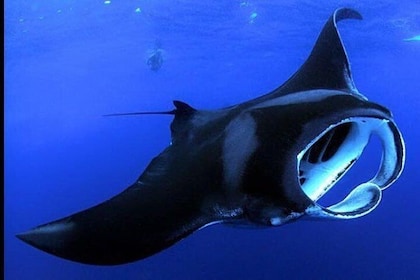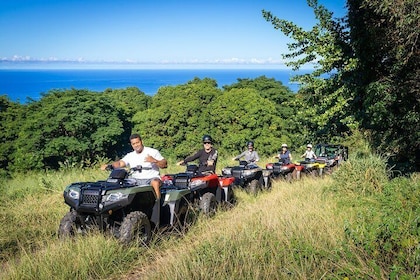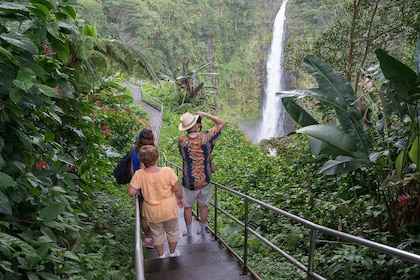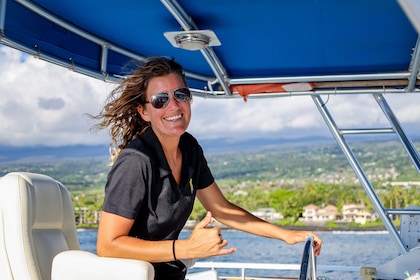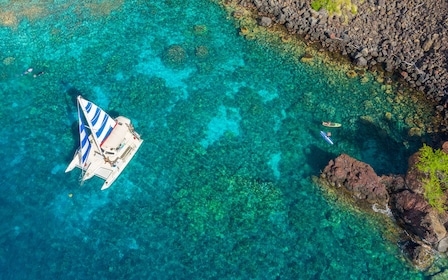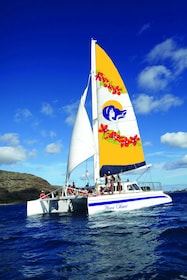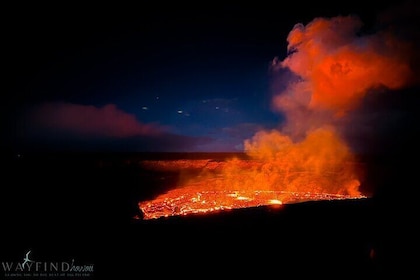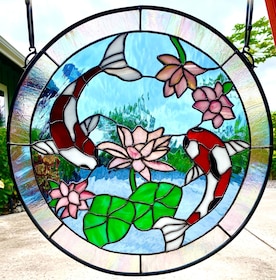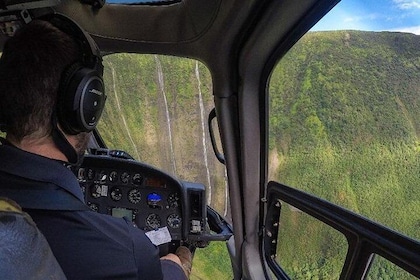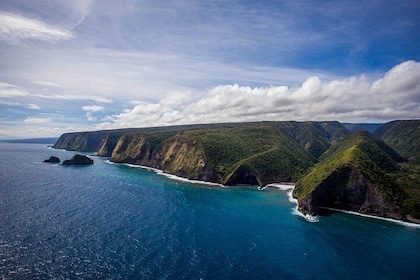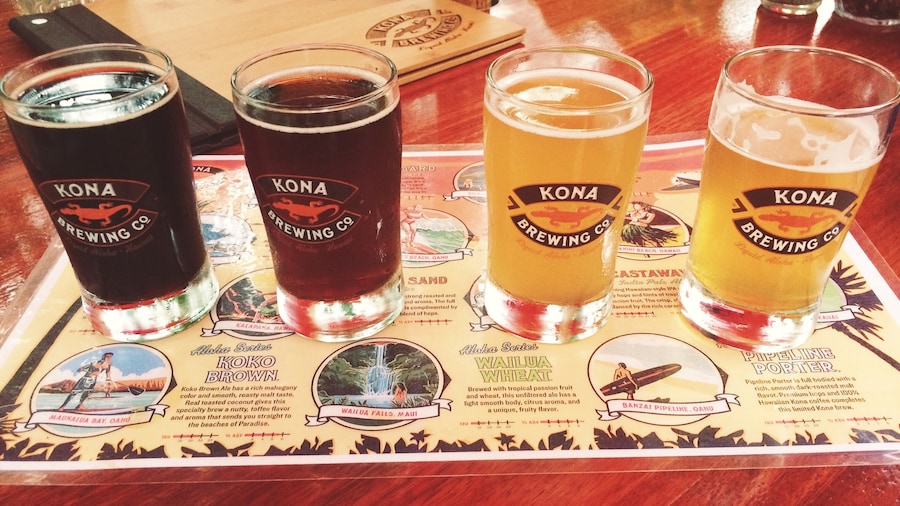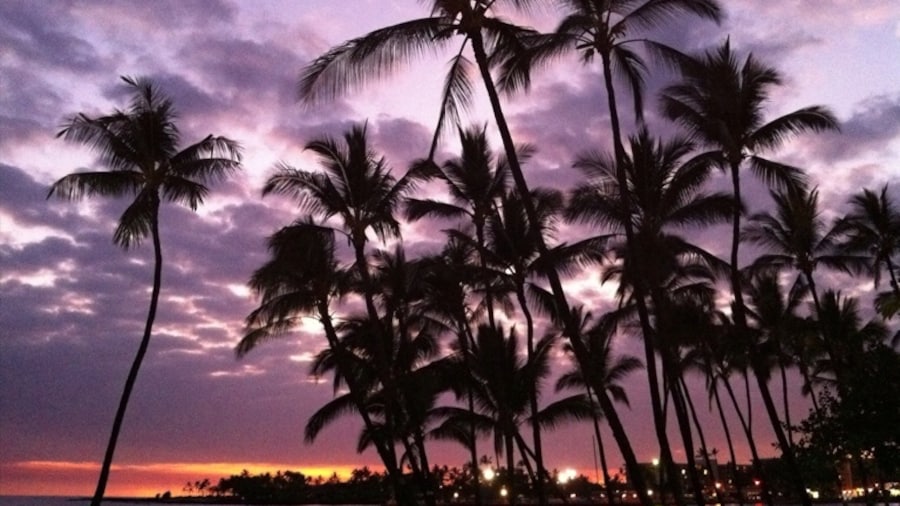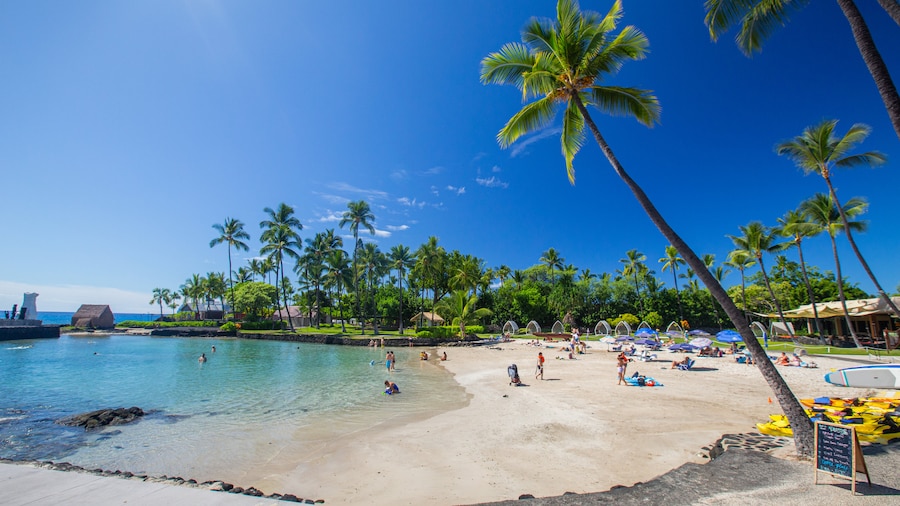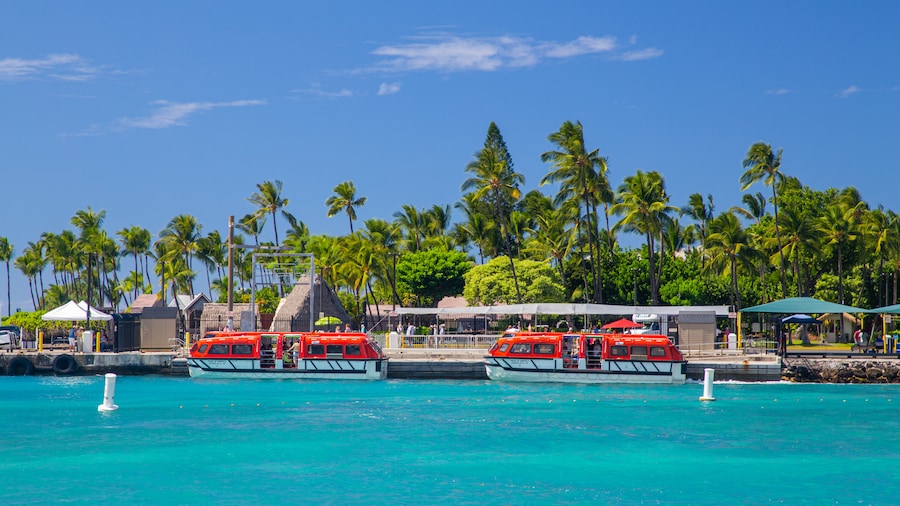Learn all about the ancient culture and traditions of native Hawaiian populations at this fascinating national park, home to both archaeological and natural wonders.
The Kaloko-Honokōhau National Historical Park covers an area of 470 hectares along the west coast of Hawaii Island, in the Kona District. It was established in 1978 with the aim of protecting the archaeological and cultural sites that are central to native Hawaiian history. The mix of coast, rainforest and lava beds make it a popular attraction for swimmers, divers and hikers alike.
Begin your trip at the Hale Ho’okipa Visitor Center, where you’ll be able to learn about the history of the different sites, as well as equip yourself with all the necessary maps and brochures. A network of hiking trails covers the park, so exploring on foot is the most rewarding experience. Many of the trails have been recently renovated, including a 1.6 kilometre section of the historic Mamalahoa Trail, previously one of the main routes across the island.
Follow the trails to the ancient Honokōhau settlement in the south section of the park. Here you’ll discover carvings into lava rock, traditionally called kii pohaku, as well as sacred temples known as heiau.
To the north lies Kaloko, meaning “pond” in Hawaiian. This structure, dating back over 300 years, demonstrates the superb fishing skills developed by the native Hawaiian population. A sea wall standing nearly 2 metres high and 640 metres long creates this body of water. It was built in stone with no mortar according to traditional techniques that have proven more effective than any modern equivalent. You’ll be able to learn all about the ancient fishing methods, as well as the culture that grew around this vital food source.
Head to the secluded Kalolo-Honokōhau beach for a more laid-back experience compared to the busier tourist beaches on the island. The waters are home to a variety of marine life, including schools of colourful tropical fish, making this a perfect spot for scuba diving and snorkelling. Alternatively, just stretch out on the white sands which are protected from the wind.
The Kalolo-Honokōhau National Historical Park is located north of Kailua-Kona, 4.8 kilometres along Highway 19. There is no public transport service, but taxis are available from Kailua-Kona, or you can easily drive by car. The park is open all year round, and there is no charge for admission or parking.



